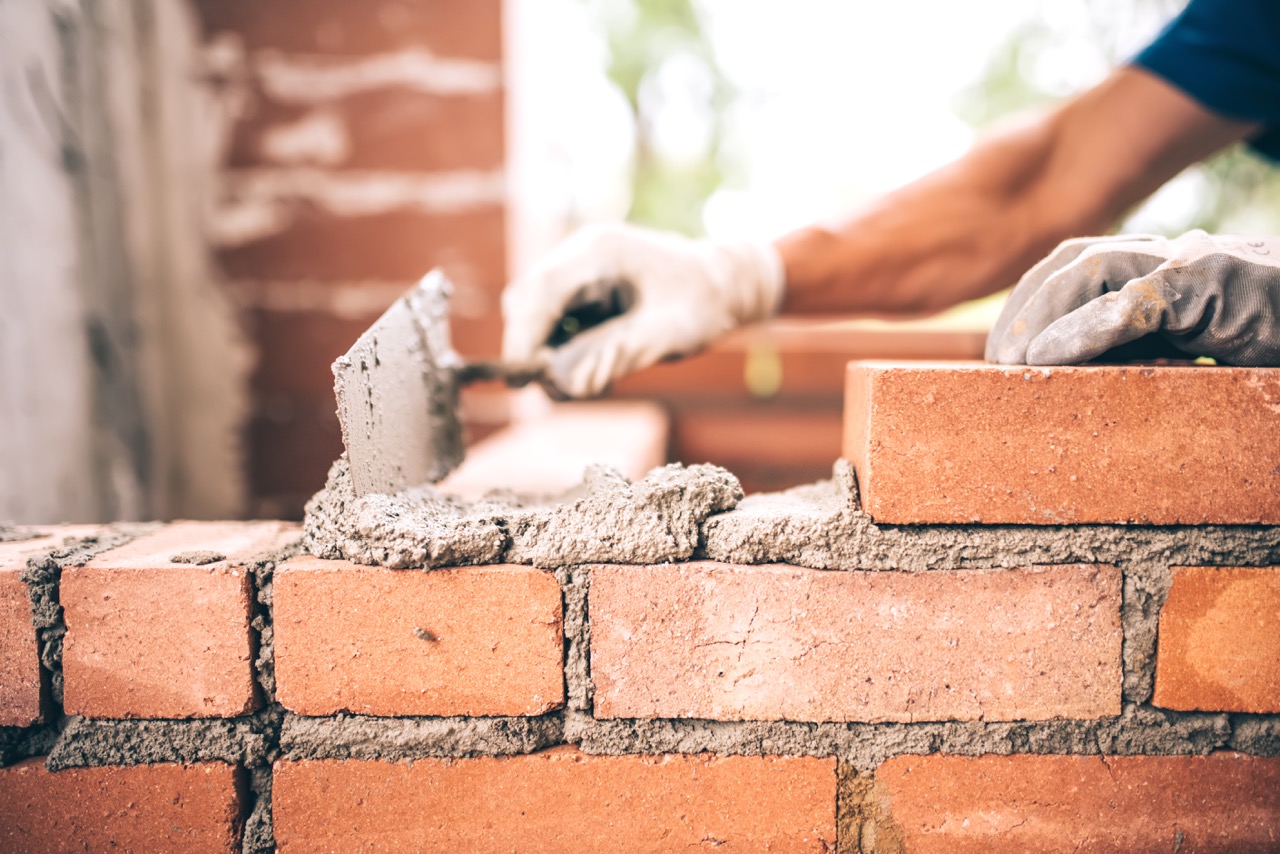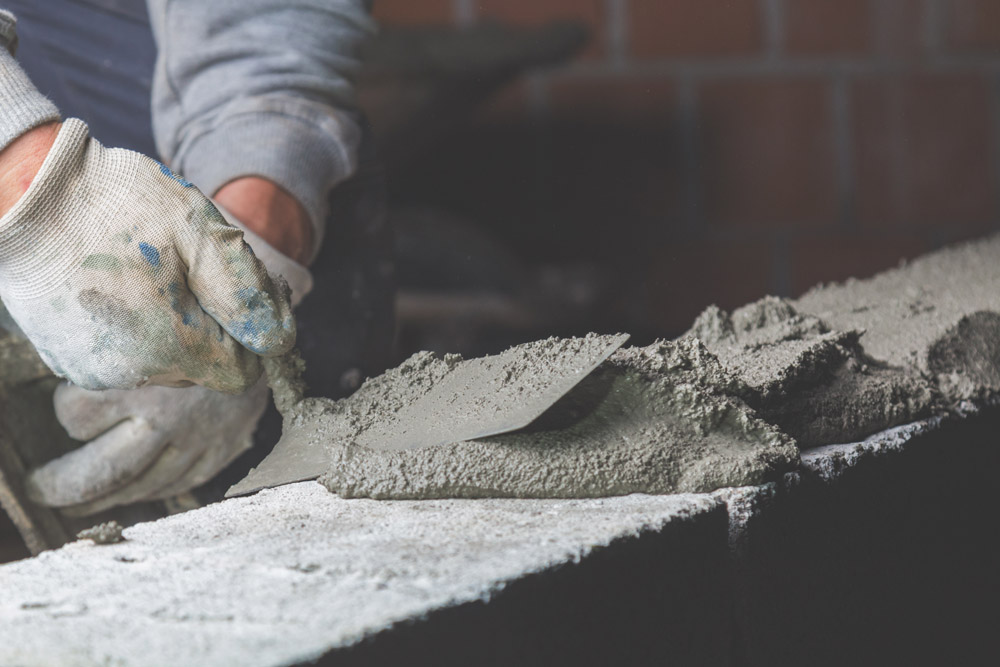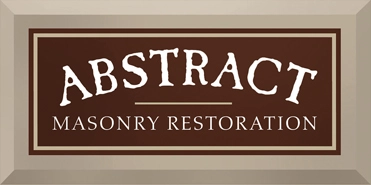If human history tells us anything, from the pharaohs of Egypt to the earliest inhabitants of Mesa Verde in Colorado, it is that we are a people who build. Yes, the potsherds in the sand tell that we were interested in small, beautiful things, but the ancient monuments and cities swallowed by sand and forest tell another story: there has always been a contingent of us who preferred gathering our tribe and living in the city.
As time has passed, the construction projects undertaken by our ancestors have taught us about religion in the ancient world, about the economy. They’ve also taught us about the evolution of building — specifically, how materials were forged and used.
The Building Blocks of Civilization
As has been explored elsewhere, the move to work with harder materials such as dried mud and clay represented a shift in the thinking of early peoples about their way of life; no longer were they content to follow the water — they wanted to set down roots permanently.
Stone
The cloth tents were traded for homes made of stone, both naturally-made (such as caves and notches in the mountains) and man-made (like bricks). As soon as they started piling stones on top of one another to make dwellings, the origins of Abstract Masonry’s building restoration business began.
Of course, some of these stone structures are the most famous sites in recorded history, while others are only just beginning to capture the interest of the masses.
- Göbekli Tepe in Turkey is the oldest man-made structure (10,000 BCE).
- The Egyptian Pyramid of Djoser is the oldest building made from cut stone (2667 BCE).
- The Roman Colosseum is the “youngest” of the ancient buildings (80 AD).
Our crew of accomplished restoration experts have worked on all sorts of historic masonry projects and can return virtually any building — especially those that need restoration work in Salt Lake City — to its original splendor.
Bricks
Brickmaking is likely the oldest construction tradition we have, as the earliest civilizations were built in arid climates surrounded by sand and dirt. Bricks experienced a boom of evolution over the years as people began to see what would stand up over time and against the elements.
Thanks to archaeology, we can mark these evolutionary changes in the historic masonry we uncover.
- The first bricks were made 7,000 years ago, out of mud, dried in the sun.
- Straw and river reeds were mixed in to reinforce them.
- Eventually, kilns were built to fire the bricks, 4,000 years later.
- Harder materials like clay began to get used.
Evidence of bricks can be found all over Asia. Perhaps the most surprising is seeing the conservation efforts of ancient people a few thousand years after their monuments were built, attempting the same restoration work as what we do in Salt Lake City today.
Timber
It seems strange to consider that the wood-framed house under construction in the neighborhood is more-or-less following the earliest traditions of building with timber. One can imagine that as soon as mankind felt the hardness of the trees, the wheels started turning about how we could use them in construction.
Wood features and wood framing has been discovered all over the world, dating back thousands of years.
- Wood-framed temples in China.
- Wood shingles on roofs in ancient Rome.
- Neolithic long houses in Europe, 6,000 years old.
Evidence for the remains of wood houses dates back as far as 10,000 BCE. Amazingly, some of the oldest wooden structures haven’t needed extensive building restoration work. The Horyuji Temple in Japan is the world’s oldest wooden building still standing, intact as it once was upon completion and impressively sturdy.
At Abstract Masonry, old buildings like those mentioned above are what get us up in the morning. We aren’t intimidated by the age of the structure, the materials used, or the delicate work required to preserve our most precious buildings. If you have any building restoration work that needs to be done in Salt Lake City or elsewhere, give us a call today.







